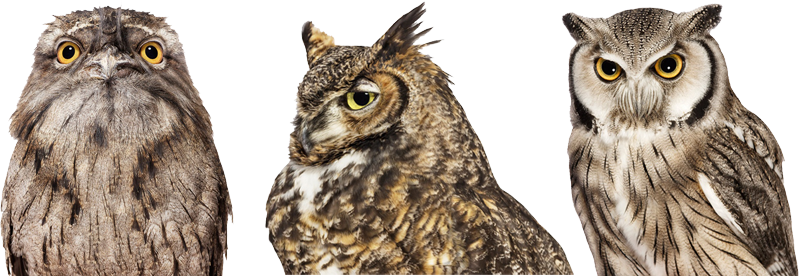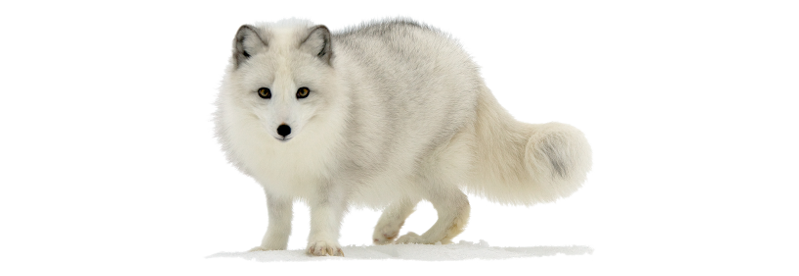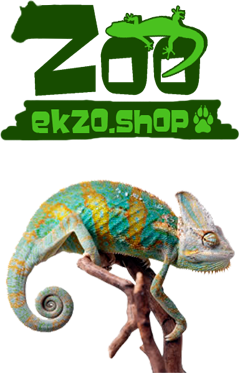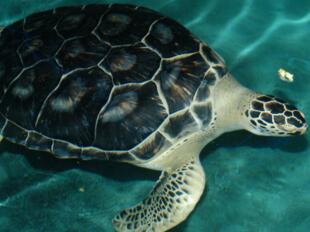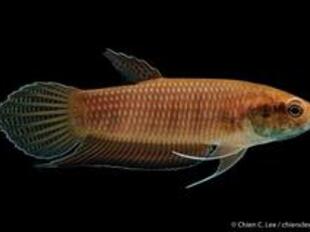Colubrid snakes range widely in size, with some species growing to about 6 inches (15.2 centimeters) and others reaching 12 feet (3.7 meters) in length. Depending on the species, males may be larger than females, or females may be larger than males.
Despite the many differences among the snakes in this family, colubrids share a few features.
Most have wide scales on their bellies and, usually, nine large scales on the tops of their heads. Most colubrids also have glands, or groups of cells, behind each eye. These glands squeeze out a mixture of chemicals that, in some species, oozes through enlarged back teeth, known as rear fangs. When a colubrid bites down on a prey animal, this venom, or poison, trickles into the prey animal; the venom slows down, knocks out, or kills the animal, which the colubrid then eats.
Distribution
Colubrid snakes occur almost everywhere in the world. The only places they do not live are Antarctica; the far northern reaches of Europe, Asia, and North America; and central and Western Australia.
Diet
Depending on the species, colubrids may eat mammals, lizards, baby turtles, frogs and toads, fishes, earthworms, scorpions, tarantulas, some insects, and any number of other animals that will fit in their mouths. Some colubrids will eat almost anything that comes their way. Others will eat only a handful of different food items, and a few are extremely picky about their meals. For example, the rainbow snake dines on eels and little else, and the egg eaters of Africa swallow only whole bird eggs. In some species, snakes that eat one type of prey as youngsters continue eating that type of prey into adulthood.
Behavior
Unlike the cobras and vipers, whose fast-acting venom can knock out or kill an animal in moments, the colubrids produce venom that is not as strong and usually takes many minutes to work. The boomslangs and a few other species are exceptions to the rule; they have venom powerful enough to kill humans. Antivenin, a remedy that neutralizes, or makes ineffective, the poison of the snake, is available to treat the bites.
Scientists have not studied the activities of most of the 1,700 colubrid species in any detail, because many of them live underground or in trees, or else they have excellent camouflage, a sort of disguise, which makes them difficult to watch. Scientists do, however, have a lot of information about the more common snakes and even some particularly odd types. The most obvious features of many colubrids are their defensive methods. Often, snakes make their bodies appear bigger to scare off attacking animals, known as predators. For instance, the false water cobras spread their necks into a hood, giving them the look of much larger snakes. Some colubrid snakes will open their mouths wide and might even strike and bite. Many, including the Northern ribbon snake, give off bad-smelling substances to convince predators that they should leave them alone.
A wide variety of colubrid snakes find that the best way to keep away from predators is to move away as quickly as possible. Other snakes act like venomous, or poisonous, species, or they have coloring that copycats the coloring of venomous species. For example, the scarlet kingsnake has no dangerous venom, but it looks very much like the venomous Eastern coral snake, and the milk snake, that has no dangerous venom, will wiggle its tail just as a venomous rattlesnake does.
Many colubrids that live in cool climates, particularly those with very cold winters, will hibernate, or become inactive and sleep deeply, to help them survive the frigid weather. Although most snakes do not dig, they will use other animals' underground homes as places to hibernate. Snakes will also sometimes hibernate among tree roots; inside old, rotting tree stumps; or in any other protected spot they can find.
Reproduction
During mating season, which usually happens once a year, the males of many colubrid species will wrestle with one another. In these fights two snakes usually twist their bodies around each other while trying to tip over the opponent. The winner approaches the female to mate. In some species, the male flicks his tongue at the female and presses his head against the female's back before mating.
Most colubrid snakes lay eggs, but some females give birth to live snakes. Typically, the females lay eggs in a hole or tunnel in the ground or under some rotting leaves. The smaller species have fewer young than the larger species. Some of the smallest colubrids, such as the worm snakes, may lay only three eggs at a time, while larger species, like mud snakes, may lay more than thirty eggs. The diamond-backed water snake gives birth to nearly fifty live young at a time. For some species, the female's duties are complete as soon as she gives birth, but for others, the female will stay near her nest and protect her eggs.
Many colubrids have a lifespan of between 15 and 25 years and smaller species live for 5 to 10 years.
In captivity
For beginners new to keeping snakes, many people go for colubrids because they are so tame and easy to handle. The three most popular types of colubrids are corn snakes, milk snakes and king snakes.
The corn snake (Elapheguttata) is a North American species found in the southeast and central USA for example the Carolinas. Their docile nature, reluctance to bite, attractive pattern and simple care makes them popular pets.
The corn snake has brownish-orange skin with orange/red saddles, the saddles having black borders, and usually a black and white underbelly.
For this snake we recommend a medium sized vivarium. You should also provide it with a basking bulb (60w) and reptile thermostat.
For a substrate, soft chip bedding is ideal and you should give your snake somewhere. Corn snakes like a woodland environment so you should put plenty of woody and leaft decorations in the viv.
Milk snakes (Lampropeltistriagulum) are native to southeast Canada, right down to Ecuador and Venezuela. Like corn snakes, they are easy to care for as pets and require a woodland environment.
They have smooth and shiny scales and their typical color is bands of red-black-yellow or white-black-red.
King snakes (Lampropeltis) are a large family of reptiles that also includes the milk snake. One of the most popular king snakes is the Mexican black kingsnake.
The enamel of their scales reflects a blueish shimmer, a trait made prominent on their ventral scales (likely due to their size, shape, and smoothness), and has been likened to that of the inside of an oyster shell. While this characteristic is found in many colubrids, it is exceptionally apparent on this particular species due to the rich, dark colour of its scales. Lampropeltis means “shiny shield.”
The Mexican black kingsnake is considered a popular pet (especially for novice collectors) because it is quite easy to care for, generally well natured, and has no reservations feeding on either live or “pre-killed” rodents.
 Russian
Russian
 English
English







